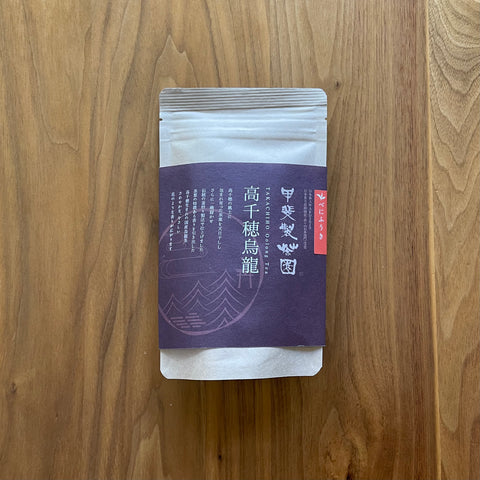-
 Benifuuki Japanese Oolong Tea by Kai Seichaen
Benifuuki Japanese Oolong Tea by Kai Seichaen
$ 20.00 -
 Minamisayaka Japanese Oolong Tea by Kai Seichaen
Minamisayaka Japanese Oolong Tea by Kai Seichaen
$ 20.00 -
 Unkai Japanese Oolong Tea by Kai Seichaen
Unkai Japanese Oolong Tea by Kai Seichaen
$ 20.00 -
 Kousyun Japanese Oolong Tea by Kai Seichaen
Kousyun Japanese Oolong Tea by Kai Seichaen
$ 20.00 -
 Fuki Matcha Bowl
Fuki Matcha Bowl
$ 45.00 -
 Oribe Matcha Bowl, Flow
Oribe Matcha Bowl, Flow
$ 80.00 -
 Oribe Matcha Bowl, Camellia
Oribe Matcha Bowl, Camellia
$ 90.00 -
 Kyusu Teacup with Saucer, Milky White Glaze
Kyusu Teacup with Saucer, Milky White Glaze
$ 35.00 -
 Kyusu Teapot, Milky White Glaze
Kyusu Teapot, Milky White Glaze
$ 85.00 -
 Large Kairagi Bowl, Copper Glaze
Large Kairagi Bowl, Copper Glaze
Sold Out -
 Large Kairagi Bowl, Ocean Glaze
Large Kairagi Bowl, Ocean Glaze
$ 50.00 -
 Shisuinoshiro Matcha by Senchaso Gokoicha
Shisuinoshiro Matcha by Senchaso Gokoicha
$ 42.00 -
 Karakunomukashi Matcha by Senchaso Gokoicha
Karakunomukashi Matcha by Senchaso Gokoicha
$ 68.00 -
![[Gift Box] - Hibi 10 Minutes Aroma Japanese Incense, 12 Assorted Fragrances](//www.fiveelementshome.com/cdn/shop/files/hibi1_1300x_2003dee0-6a36-46da-88d0-8e34d79eea9d_large.webp?v=1757088852) [Gift Box] - Hibi 10 Minutes Aroma Japanese Incense, 12 Assorted Fragrances
[Gift Box] - Hibi 10 Minutes Aroma Japanese Incense, 12 Assorted Fragrances
$ 49.00 -
 Sake Cup, Zodiac and Cat
Sake Cup, Zodiac and Cat
$ 38.00 -
 Sake Cup, Orange
Sake Cup, Orange
$ 38.00 -
 Sake Cup, Peach
Sake Cup, Peach
$ 38.00 -
 Sake Cup, Red Goldfish
Sake Cup, Red Goldfish
$ 38.00 -
 Sake Cup, Six Gourds
Sake Cup, Six Gourds
$ 38.00 -
 Sake Bottle Chopstick Rest
Sake Bottle Chopstick Rest
Sold Out -
 Tanzaku Chopstick Rest
Tanzaku Chopstick Rest
$ 15.00 -
 Geta Chopstick Rest
Geta Chopstick Rest
$ 14.00 -
 Oribe Chopstick Rest
Oribe Chopstick Rest
$ 15.00 -
 Nijiyura Tenugui, Children’s Day
Nijiyura Tenugui, Children’s Day
$ 24.00














![[Gift Box] - Hibi 10 Minutes Aroma Japanese Incense, 12 Assorted Fragrances](http://www.fiveelementshome.com/cdn/shop/files/hibi1_1300x_2003dee0-6a36-46da-88d0-8e34d79eea9d_large.webp?v=1757088852)









